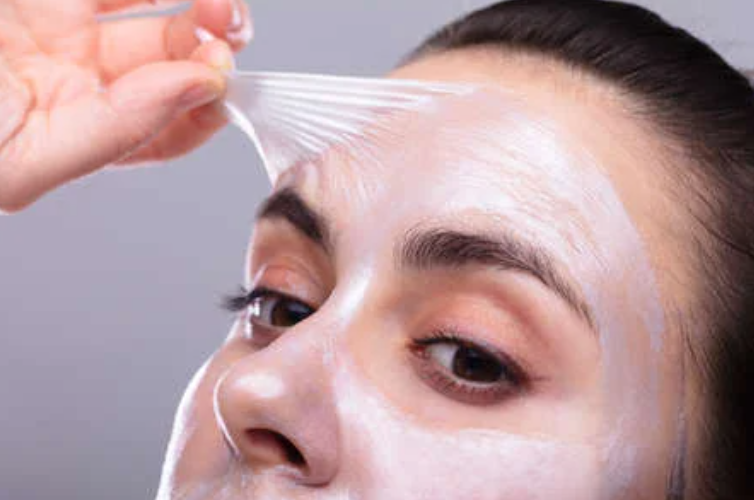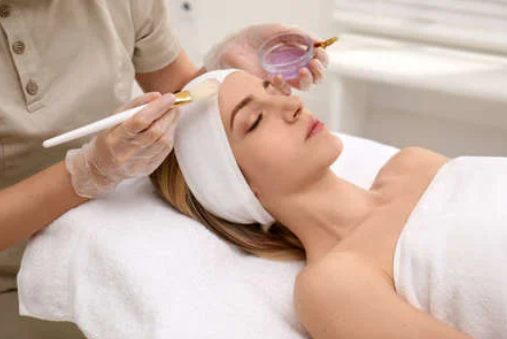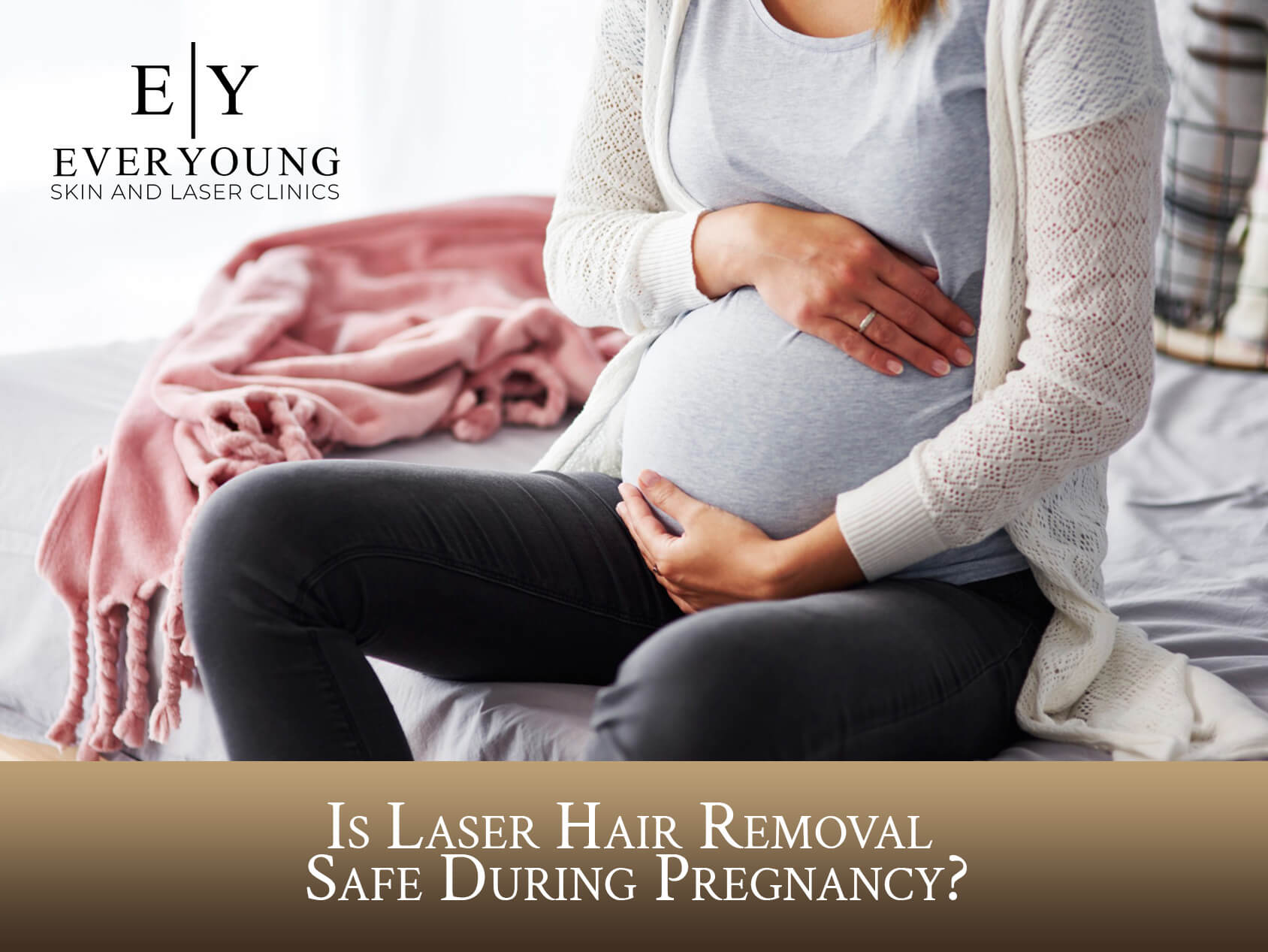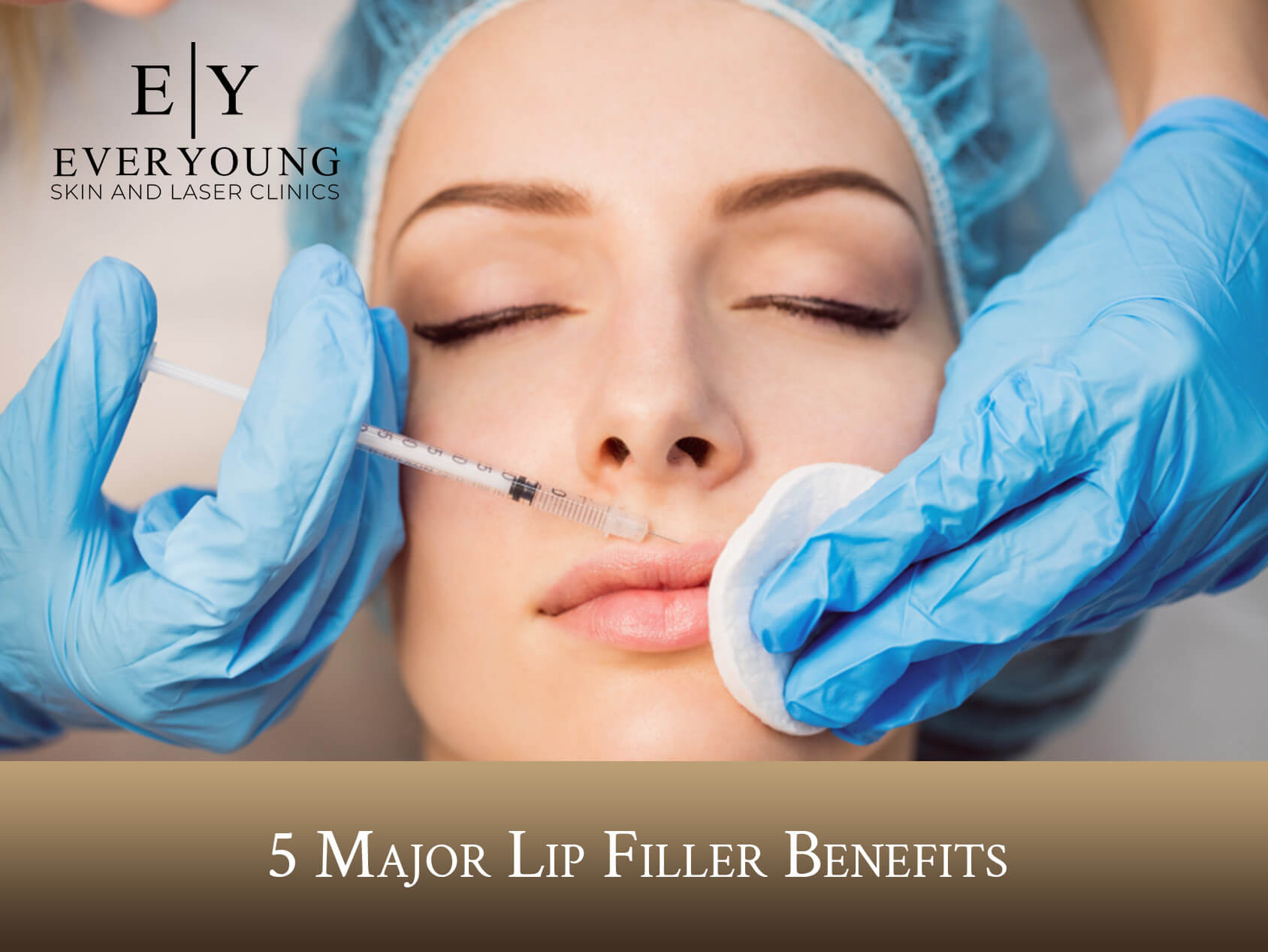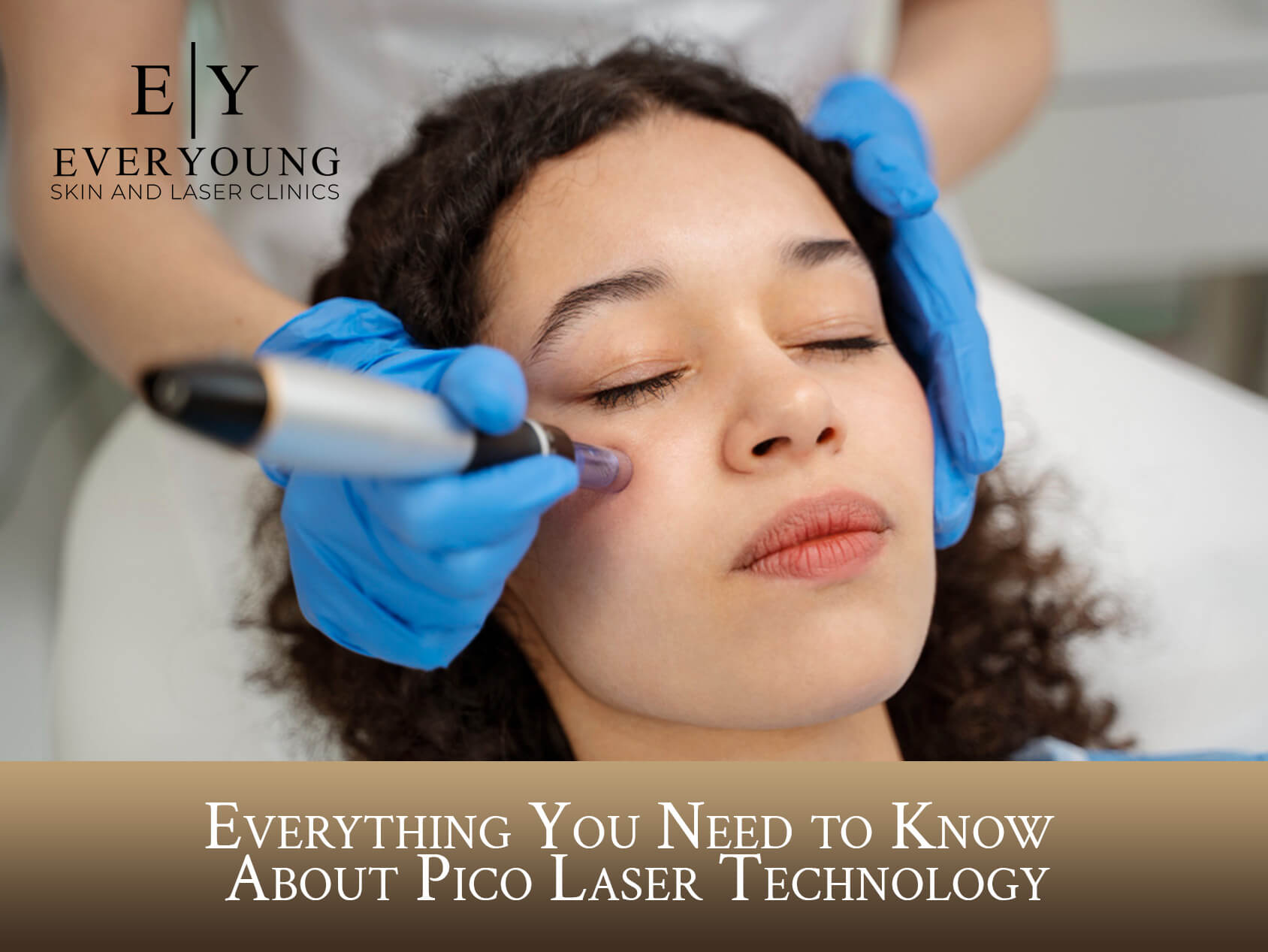If you’ve ever wondered what a chemical peel is or if one might be right for you, this blog post is for you.
Chemical peels have been around in varying forms for centuries. Their popularity has endured because they’re so effective in helping to reveal healthy, radiant, youthful-looking skin.
What is Chemical Peel All About?
Chemical peels are non-invasive cosmetic treatments that use a combination of powerful, skin-safe acids. Essentially, acid or enzyme (or a mixture of them) exfoliates your skin, unclogging pores, removing dead skin cells, and stimulating healthy cells to surface.
Depending on your skin’s specific needs, you may need more than one or two chemical peel sessions to get your desired results.
In this procedure, a chemical solution is applied to your skin, to increase cell turnover. The skin layers eventually peel off, revealing more youthful skin.
This procedure reveals healthy, new skin underneath with fewer wrinkles and lines, has a more even color and is brighter.
What Concerns Do Chemical Peels Tackle?
Chemical peels are great for addressing a variety of skin problems, including:
- Hyperpigmentation (brown spots)
- Chronic sun damage
- Blotches
- Deep wrinkles
- Acne
- Scarring
- Fine lines
- Uneven skin tone or texture
- Large, visible pores
Basic Types of Chemical Peels
Superficial Peel
A superficial peel, also known as a lunchtime peel, is the most gentle type of chemical peel. It uses mild chemicals to remove the top layer of skin, revealing fresh, new skin underneath. You can use the superficial peel to treat a variety of issues, including slight skin discoloration and rough skin.
Medium Peel
A medium peel is a bit more aggressive than a superficial peel. It penetrates deeper into the skin to remove damaged cells and stimulate the growth of new collagen and elastin fibers. It can treat wrinkles, age spots, fine lines, freckles, and skin discoloration.
Deep Peel
A deep peel is the most aggressive type of chemical peel. These kinds of peel remove damaged skin cells down to the middle layer of the skin. Deep peel penetrates deepest into the skin and, as such, can provide the most dramatic results. It is often used to treat deep wrinkles, severe sun damage, and scarring.
Some people think that a chemical peel is a magic bullet. But it can’t fix everything.
Unrealistic Goals of Chemical Peels
- Provide a facelift
- Reduce the appearance of blood vessels on the skin
- Remove keloidal types of scars
- May reduce pore size
Several different chemicals are used in peels to rejuvenate the skin. The selection of an active agent depends mainly on the depth of the chemical peel. A milder, less acidic ingredient is selected if the peel is primarily for the superficial layer. If a deeper level condition exists, far more potent products may be required, but aware they will have similar levels of potential complications.
What To Expect From a Chemical Peel
You can expect significant results after just one treatment, but most people undergo a series of peels for optimal results.
Side effects from a chemical peel are typically mild and temporary. You will probably notice that your skin is red and irritated immediately following your peel. This is normal and will subside within a day or two.
Final Thoughts
You will better understand what to expect if you decide to undergo this game-changing cosmetic procedure if you know what to expect daily.
The results vary from person to person and depend on numerous variables, including age, skin condition, discoloration, and the solution used.
Give EverYoung a call or book a skincare consultation online when you’re ready to take the next step with your skin! Most patients love their results and schedule a few follow-up sessions to achieve their ultimate goals.
Related Articles:
Best Anti Aging Treatments
Daily Skincare Routine | Skin Boosters | O-shot P-shot & Vaginal Rejuvenation | Chemical Peels: The Fundamentals



